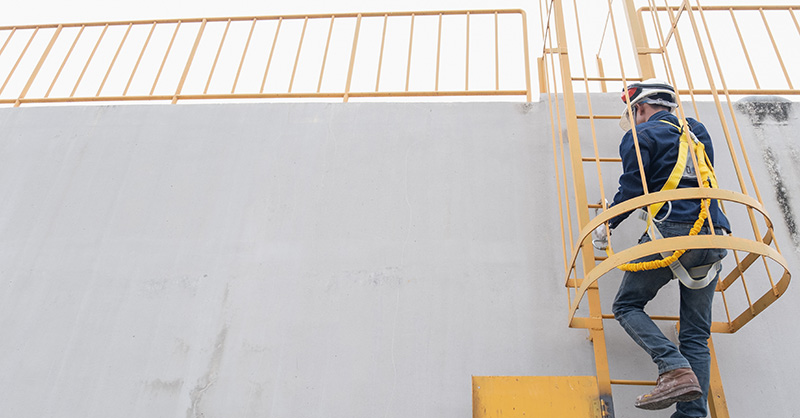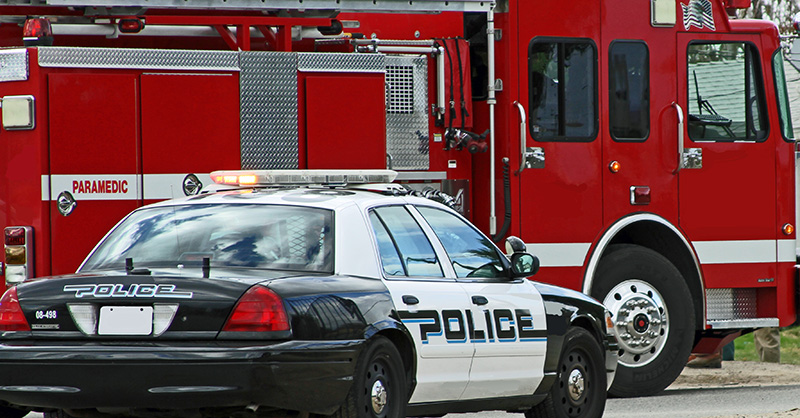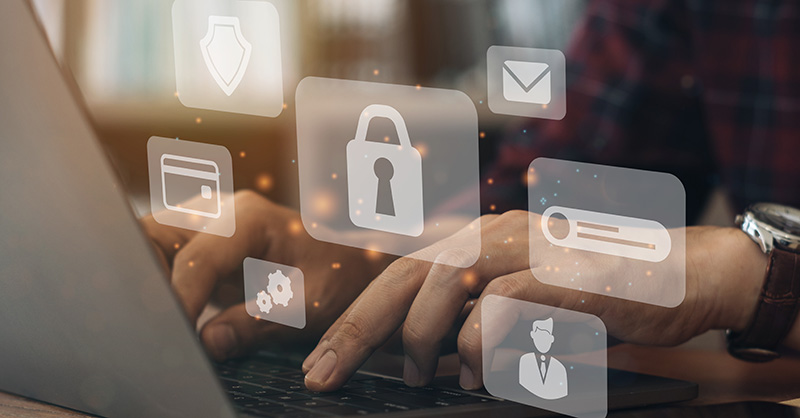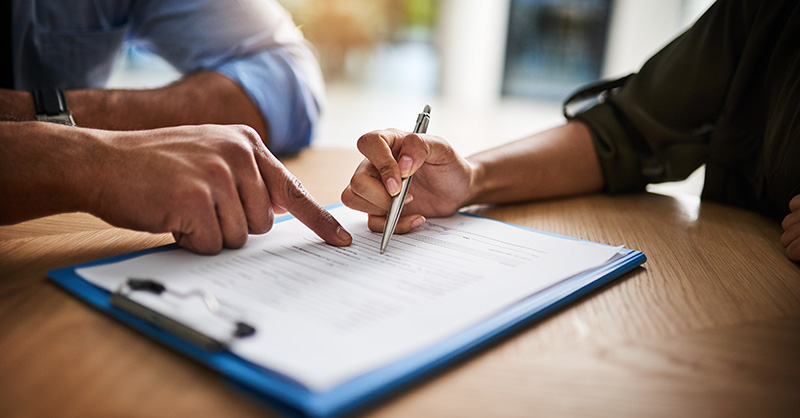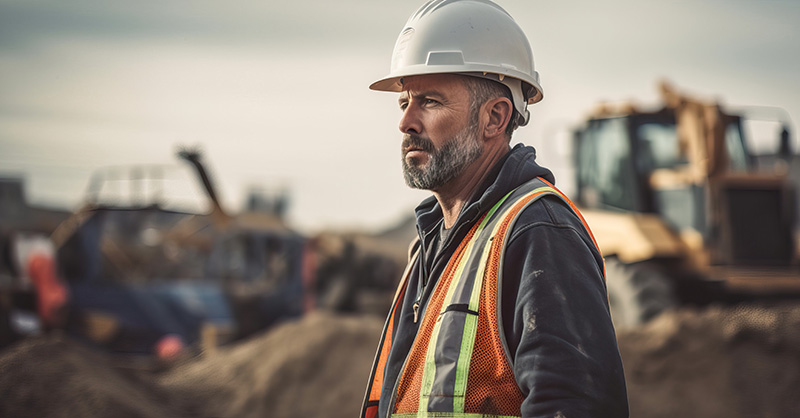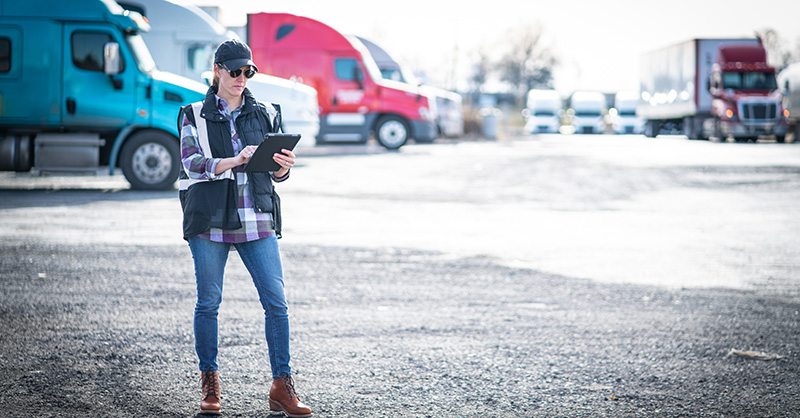How Lifeguard Certification and Training Can Help Mitigate Pool Risk
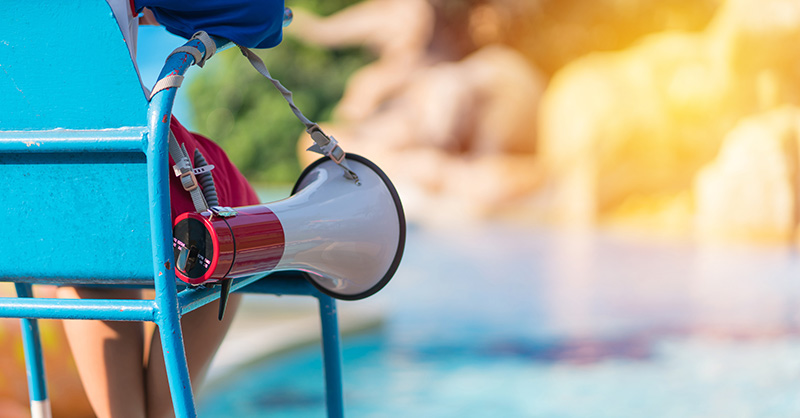
Lifeguards are the first line of defense in protecting swimmers and enforcing organizations' swim rules. All lifeguards should be properly trained and certified by a reputable organization. Training should be continuous to help ensure the lifeguard's abilities to rescue swimmers.
Lifeguard Certifications
Lifeguard certifications aren’t standardized across the industry. Many certifying organizations require different swimming prerequisites and the training equipment is often different.
When deciding on a certification program, be sure to choose a reputable organization that allows for continuing education of lifeguards beyond their basic training.
Lifeguard Training
Lifeguard training should be divided into both Classroom Training and On-site Training.
Be sure to consult federal, state and local authorities concerning regulations or mandates that apply to lifeguard training and the equipment required. These often change depending on the state where organizations operate and the scope of operations.
Classroom Training
Most states require lifeguards to be a minimum of 15 years old at the time of beginning training. The training should include:
1. First Aid Training
First Aid training should include teaching lifeguards how to respond to emergencies, caring for swimmers’ injuries and the ability to recognize and react to life-threatening injuries. During this training, lifeguards can learn the importance of CPR and the ways to recognize when CPR should be used. CPR training should be done using a mannequin in both adult and infant sizes.
2. Basic Life Support
The purpose of basic life support should be to teach lifeguards the proper procedures and ways in which they should help an injured swimmer. Basic life support will help lifeguards establish the current medical condition of the swimmer; this may range from heat exhaustion to the swimmer going into cardiac arrest. Using tools like first aid, CPR and AED devices will better serve lifeguards in potentially saving the life of a swimmer.
Automated External Defibrillator (AED) training provides lifeguards with the ability to learn how to properly use an AED device:
- The AED should first be powered on and placed near the victim’s head. Some require a button to be pushed, while others turn on as soon as they are lifted.
- The chest area should be exposed and wiped dry of any water and then the pads should be applied to the chest placing one pad on the right side of the chest below the collarbone. The second pad should be placed on the lower left side of the chest and used to connect the pads to the AED. CPR should continue to be used until the AED is ready for use.
- The AED should then indicate that users should stop CPR.
- Once prompted to give a shock by the AED, all lifeguards should make sure that they are not touching the victim and then the shock should be delivered.
Every AED operates slightly differently, so be sure to check the devices at your location.
3. OSHA Standards
While OSHA does not certify training programs or instructors, lifeguards should be aware of standards that apply to them regarding first aid. They should also be aware and knowledgeable of OSHA standards regarding injury reporting and record-keeping, eye washing/showering facilities and proper chemical handling as well as other standards that are applicable in their work.
On-Site Training
On-site training should be conducted by a certified Lifeguard Instructor. On-site training will differ depending on the certifying organization. Although, these training sessions often consist of swimming requirements, such as:
- Ability to swim 300 yards continuously using breaststroke or freestyle
- A combination of swimming and surface dives up to between 10 to 15 feet
- During that drive retrieve an object from the bottom of a pool
- Beginning CPR on a manikin mannequin after the object is retrieved
It’s best to train at your facility so that you can better prepare yourself in the event of an emergency.
We’re Here to Help - Contact Our Loss Control Consultants Today
Great American’s team of Loss Control experts build on years of experience to help businesses prepare for and stay protected from different types of loss. Interested in learning more? Talk to our team of experts.

.jpg?sfvrsn=59fc2eb1_1)

